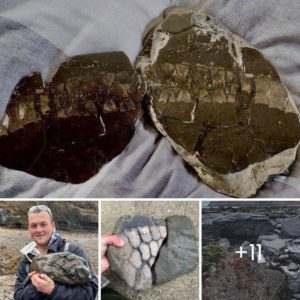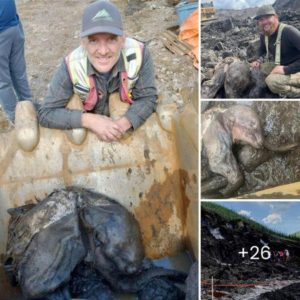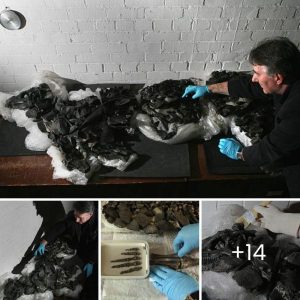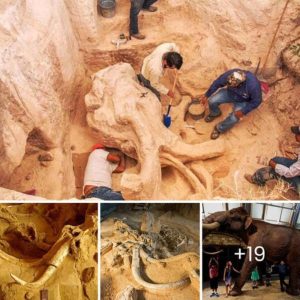In a groundbreaking archaeological discovery, a team of experts has uncovered an astonishing treasure trove in the heart of ancient China. Over 10 tons of ancient coins, dating back to the West Han Dynasty, were recently unearthed at royal tombs in East China’s Jiangxi Province.
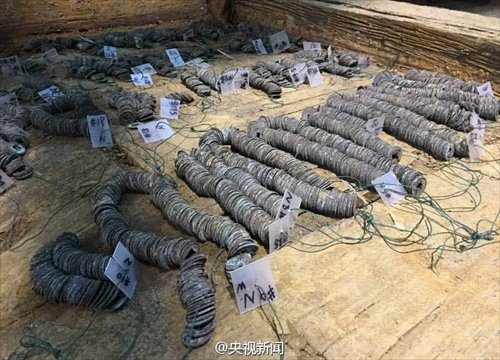
A Rich History Revealed
The coins, totaling an astounding 2 million copper wuzhu coins, were found in the imperial tomb of the Marquis of Haihun State, situated near present-day Nanchang. This treasure trove is estimated to be worth the equivalent of 10 million yuan (approximately $1,575,000) in the currency of the time.
The head of the Jiangxi Provincial Institute of Cultural Relics and Archaeology, Xu Changqing, explained that the coins are organized in strings of 1,000, which served as a standard monetary unit during the West Han Dynasty.
A Glimpse into the Past
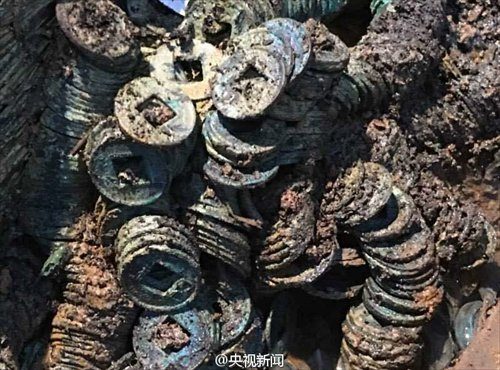
Over the course of the past five years, the excavation site has yielded more than 10,000 objects, each contributing to a comprehensive understanding of the lives of West Han Dynasty aristocrats. This remarkable discovery allows us to peek into the lavish world of ancient Chinese royalty, providing a snapshot of their customs, beliefs, and the role of currency in their society.
The Most Well-Preserved Tombs
Archaeologists are hailing these royal tombs as the most well-preserved examples of West Han Dynasty royalty ever discovered. This is a testament to the dedication and precision of the team that undertook the excavation, shedding new light on a period of history that has long captured the imaginations of historians and archaeologists alike.
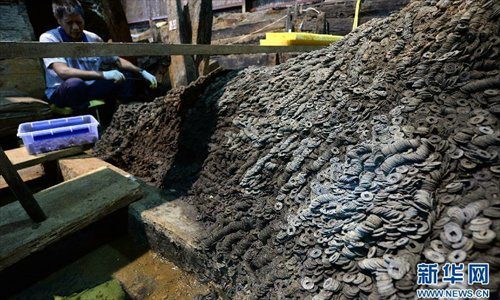
Significance of the Find
The discovery of such an enormous cache of ancient coins is significant for several reasons. Firstly, it underscores the economic and cultural significance of the West Han Dynasty, a period marked by stability and prosperity in ancient China. The sheer quantity of coins suggests a sophisticated monetary system in place during this era.
Secondly, the coins themselves are a treasure trove of historical information. They are not just pieces of currency but also important artifacts that offer a glimpse into the artistic and technological advancements of the time. The inscriptions, designs, and the materials used in their production can provide scholars with valuable insights into the craftsmanship and the prevailing cultural motifs of the West Han Dynasty.
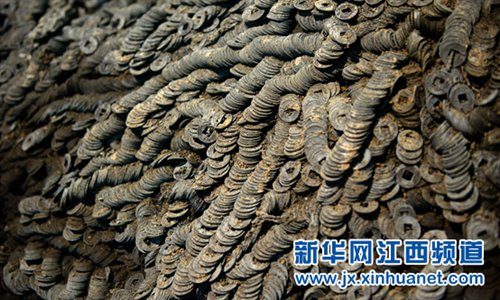
Thirdly, the fact that these coins were found in a royal tomb points to the role of currency in the afterlife, a concept well-documented in ancient Chinese culture. It indicates that these coins were intended to accompany the deceased on their journey to the next life, reinforcing the importance of wealth and prosperity even in the afterlife.
Unanswered Questions
While this discovery is undeniably groundbreaking, it also raises intriguing questions. Why were these coins left behind, rather than being taken with the deceased to the afterlife, as was the custom? What was the precise role of these coins in the lives of the aristocracy during the West Han Dynasty? These questions will undoubtedly be the subject of further research and study, as archaeologists and historians work to unlock the secrets of this remarkable find.

